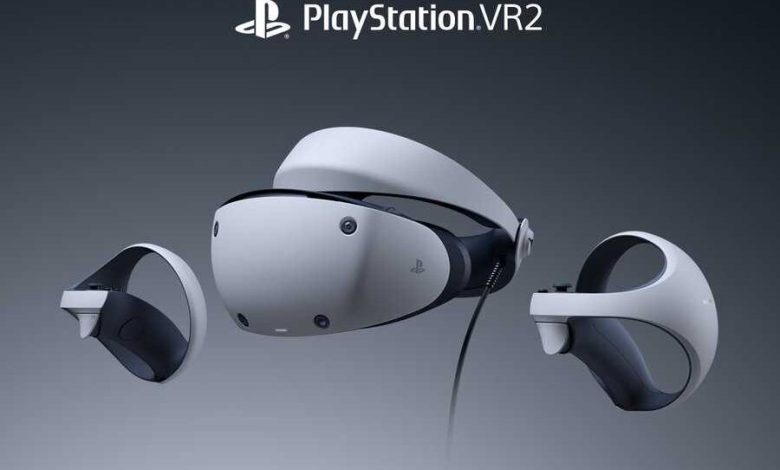News
Analyzing the performance of original games on PS5 Pro reveals their incredible capabilities.
Advertisement
Yesterday we shared with you the technical specifications of the PS5 Pro in terms of processing, data transfer speed and other technical features that the device will have. What caught our attention is the machine learning technology called PSSR in the graphics processor. Can it really make the necessary leap for a mid-generation device?
We know from leaks that PSSR technology is a technology dedicated to increasing resolution (Upscaling) and improving edges (Antialiasing) on the PS5 Pro device, known internally by the codename “Trinity”, and aims to raise image quality through artificial intelligence and machine learning, and the new technology aims to achieve… 4K resolution at 120 frames per second, and in the future, reach 8K resolution at 60 frames per second on future devices, which could be the PS6.
Today we have more leaks related to PSSR technology, also known based on the patent identified as “PlayStation Spectral Supersolution”. These leaks come from a very reliable leaker.”Tom Henderson“Those who have a lot of insiders within companies and have a history of accurate leaks.
According to documents provided to Insider Gaming, Sony's ambitions with PSSR technology are to achieve a frame rate of 120 fps at 4K resolution and a frame rate of 60 fps at 8K resolution. While these are not targets for the new PlayStation platform due to hardware limitations, the internal goal behind PSSR technology is Sony's future FPS goals.
The PlayStation 5 Pro with PSSR currently supports 3840 x 2160 resolution and targets 4K at 60fps and 8K at 30fps, but it's unclear whether these internal benchmarks will pass muster. The PSSR memory requirements are around 250MB, including 180MB for the PSML library and 64MB for the game, and here's a shoutout to the source for some of the results they achieved, which are below.
PS5 Pro Original Game Performance Analysis
Game 1:
the objective: Get picture quality close to Fidelity mode at a screen resolution (1800p) with a frame rate of 60 fps in Performance mode.
PlayStation 5 Standard:
- Performance mode at 1080p at 60 fps.
- “Fidelity” mode in 1800p at 30fps.
PlayStation 5 Pro:
- The result was 1440p resolution at 60fps (using PSSR).
- PlayStation 5 Pro can achieve image quality close to Fidelity mode with a high frame rate
Game 2:
the objective: Raytracing technology added to the game.
- The PlayStation 5 Pro was able to run the game with Raytracing enabled, maintaining 60 frames per second.
- This indicates that the PlayStation 5 Pro has advanced technical features in graphics processing that increase performance many times over the standard PlayStation 5.
Additional PS5 Pro tech specs based on Henderson leaks
Data transfer speed:
- 28% system memory more efficient than the standard device.
- PlayStation 5 standard: 448 GB per second.
- PlayStation 5 Pro: 576 GB per second.
TO KNOCK:
- 16GB GDDR6
CPU
- The standard PlayStation 5 or Pro uses an octa-core processor based on AMD Zen 2 architecture.
- The Pro features a “CPU high frequency mode,” which boosts the CPU frequency to 3.85GHz, a 10% increase over the standard console.
- A 10% increase in frequency means a theoretical 10% improvement in processor performance.
- To operate the processor at a higher frequency, it needs more power, and as a result, the GPU frequency will decrease as more power is allocated to the processor in “High Processor Frequency” mode, and the GPU frequency will be reduced by approximately 1.5%.
Audio Processor (ACV):
- Faster on PlayStation 5 Pro.
- Improves ACM library performance on 35%.
ACM Library:
- It's 35% faster on the PS5 Pro and is responsible for audio processing.
observation: The ACM Library is an open source software library that provides a wide range of functions for audio processing.
Graphics processor
- 45% faster compared to current device with RDNA 3 architecture – 60 Compute Units.
- Ray Tracing technology is 2 to 3 times faster (4 times in some cases).
33.5 teraflops. - New PSSR technology for upscaling and antialiasing.
- Possible support for 8K graphics in future SDK versions.
- Special architecture for custom machine learning.
- AI-accelerated processor, which means it can handle 300 TOPS of simple arithmetic operations that use 8 bits per number and 67 TFLOPS of more complex arithmetic operations that use 16 bits per number and provide higher precision.
- The PS5 Pro will have 30 graphics processing units (WGPs), which are small specialized processing units inside the graphics processor (GPU), while the regular PS5 will have 18 graphics processing units (WGPs).
- The device will feature the BVH8, which is newer and more efficient than the BVH4, which processes three-dimensional (3D) geometric data and improves the efficiency of graphics display.
observation:
Kepler, a reliable leaker in the field, mentioned that the BVH8 feature is linked to the RDNA 4 architecture, and here we conclude that the PS5 Pro will be a combination of the RDNA 3 architecture with RDNA 4 features in the graphics processing unit and its Ray Tracing Engine.
Henderson He also relayed the information that the device may have a removable drive like the PS5 Slim for “competitive” reasons with 1TB of storage. The device is currently running on Software Development Kit (SDK) version SKD 9.00 and an SDK release is expected at 10:00 a.m. in Fall 2024, which is the current target launch date for the new console.





